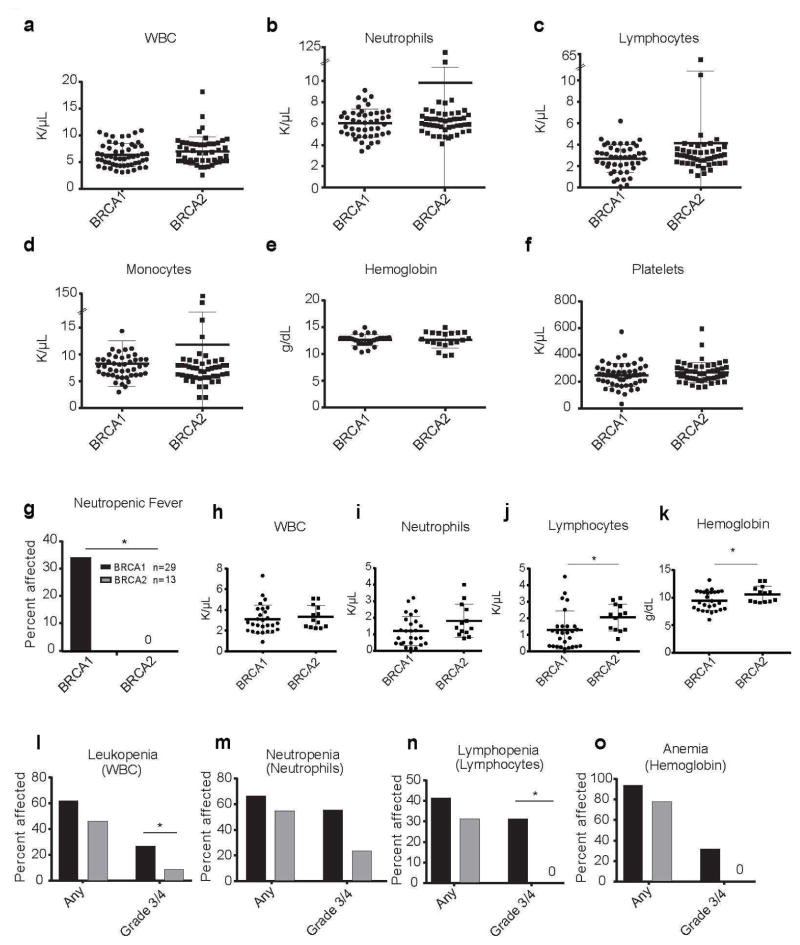Figure 1. Cancer patients with BRCA1 mutations have increased hematopoietic toxicity after chemotherapy.
(A–F) Complete blood cell counts from individuals with BRCA1/2 mutations who had not been exposed to chemotherapy. No significant differences were observed in (A) white blood cells (WBC), (B) Neutrophils, (C) Lymphocytes, (D) Monocytes, (E) Hemoglobin, or (F) Platelets between BRCA1 and BRCA2 mutation carriers (n= 63 BRCA1 and 50 BRCA2 patients). Bars in (A–F) represent means ± standard deviation. (G) Frequency of febrile neutropenia (FEN) in BRCA1 or BRCA2 cancer patients treated with chemotherapy. (H–K) Parameters from blood counts with the lowest absolute neutrophil counts after BRCA1 or BRCA2 patients were treated with chemotherapy. (L–O) Frequency and severity of hematopoietic toxicity in BRCA1 or BRCA2 cancer patients treated with chemotherapy. Black bar = BRCA1 mutation carriers. Grey bar = BRCA2 mutation carriers. Percent of patients affected with any grade and severe grade 3 or grade 4 (L) leukopenia (M) neutropenia, (N) lymphopenia or (O) anemia are shown. Grades of blood cell count toxicity were assigned as standardized by the National Cancer Institute. Common Terminology Criteria for Adverse Events v3.0 (Trotti et al., 2003). Neutropenic fever was defined as an ANC < 500 cells/mm3 and a sustained fever > 38°C (100.4°F). Statistical significance in (A–F, H–K) was assessed using a two-tailed Student’s t-test and in (G, L–O) using a Fisher’s Exact test (*P<0.05).

